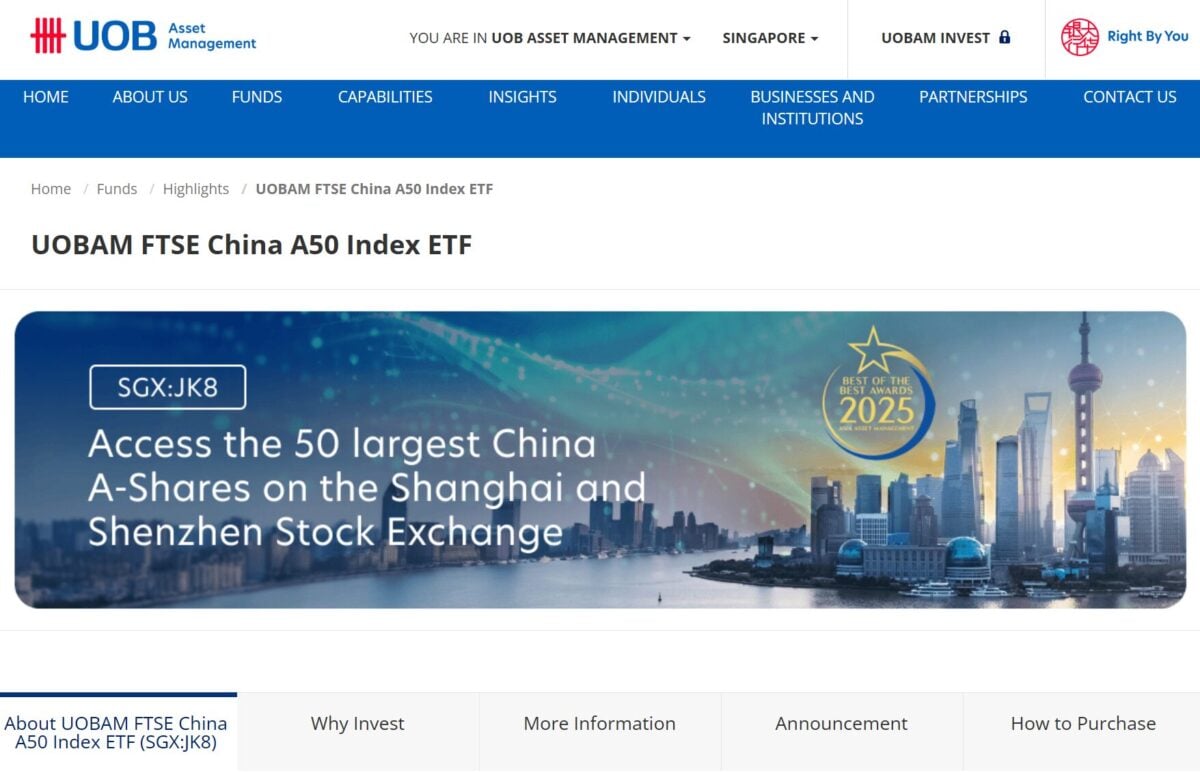
The Straits Times Index (STI) is the benchmark index for the Singapore Exchange (SGX), serving as a key indicator of the overall performance of Singapore’s stock market. It comprises the 30 largest and most liquid stocks in Singapore, including major companies such as DBS, OCBC, UOB, and SingTel.
While you can’t invest directly in an index—since it’s merely a theoretical basket of stocks—you can invest in an Exchange-Traded Fund (ETF) that mirrors its performance. In Singapore, there are two ETFs that track the STI – SPDR STI ETF (SGX: ES3) and Nikko AM STI ETF (SGX: G3B).
One common approach to investing in an STI ETF is through Dollar-Cost Averaging (DCA). With DCA, investors allocate a fixed amount of money each month to purchase ETF units, regardless of market price fluctuations. This method helps investors accumulate shares over time while reducing the risks associated with market timing.
By investing consistently, you can take advantage of market ups and downs while building long-term wealth in a structured and disciplined manner.
In an SGX Market Update article published on 20 January 2025, SGX shared some details on how much returns investors would have generated had they started investing through a DCA approach in the STI over the past 5 years.
The case study referenced in the SGX article examines a 61-month period from December 2019 to December 2024. It assumes a consistent investment of $1,000 per month, totalling $61,000 over the entire timeframe. The analysis focuses on the SPDR STI ETF, though investors also have the option of using the Nikko AM STI ETF for a similar approach. You can read the differences between the two STI-focused ETFs here).
How Much Would Investors Have Earned from Investing in the STI Over the Past 5 Years?
According to calculations from the SGX article, investors who consistently invested in the SPDR STI ETF over a 5-year period would have accumulated approximately 21,400 units. This assumes that all dividend distributions were reinvested into additional units the month after they were paid.
At the end of December, with the SPDR STI ETF priced at S$3.85 per unit, these 21,400 units would be worth S$82,544. This translates to a total return of 35.3%, or an increase of S$21,544 on the initial S$61,000 investment.
When measured annually, this represents a compound annual growth rate (CAGR) of 6.2%, highlighting the long-term benefits of a Dollar-Cost Averaging (DCA) approach combined with dividend reinvestment.

Source: SGX
One important factor to consider is that these calculations exclude transaction fees. Since a Dollar-Cost Averaging (DCA) strategy involves monthly investments, frequent transactions can add up over time.
To maximise returns, investors should ensure they use an efficient, low-cost brokerage that offers competitive fees for ETF investments. Choosing the right platform can help minimise costs and ensure that a larger portion of your investment goes toward accumulating ETF units rather than paying unnecessary fees.
This can be done through some of the brokerage firms that offer Regular Shares Savings (RSS) Plans in Singapore.
Read more on this topic on SGX.
Read Also: 5 Straits Times Index (STI) Stocks That Outperformed the Index
The post How Much Would Investors Have Earned If They Invested In The STI (Via DCA) Over The Past 5 Years? appeared first on DollarsAndSense.sg.











